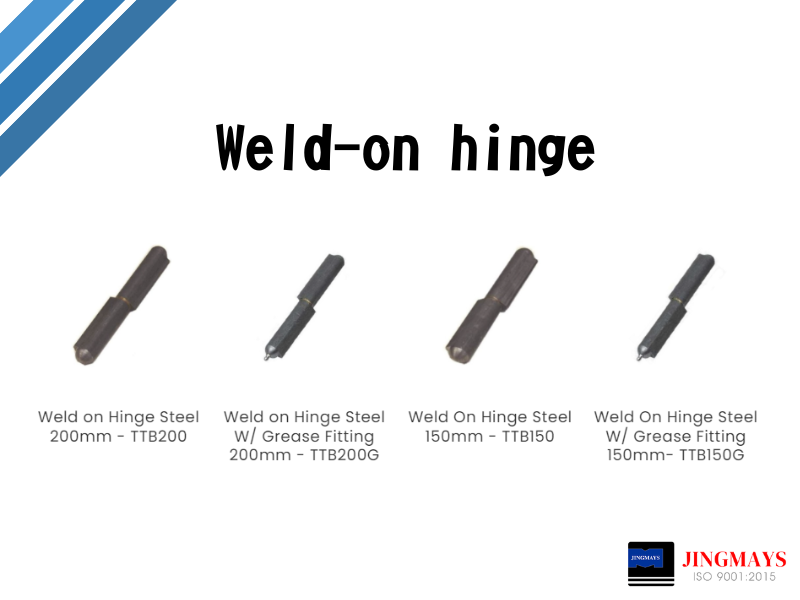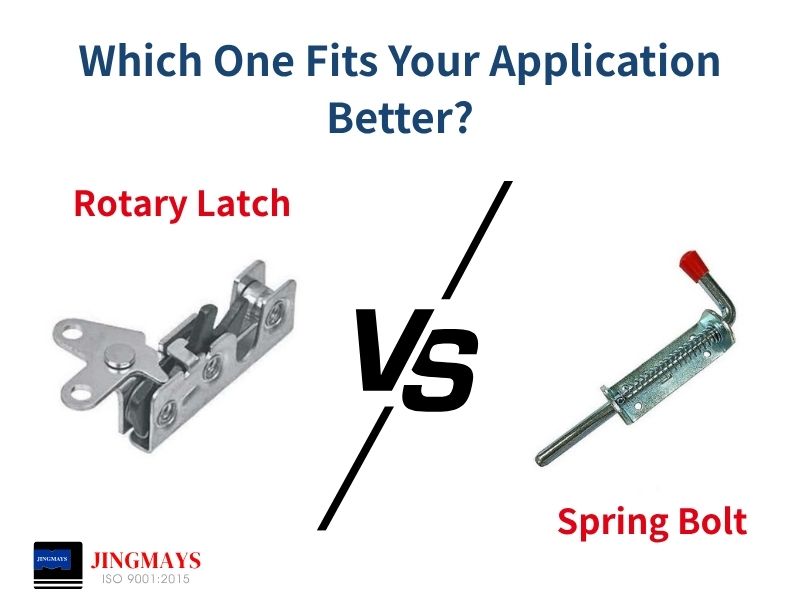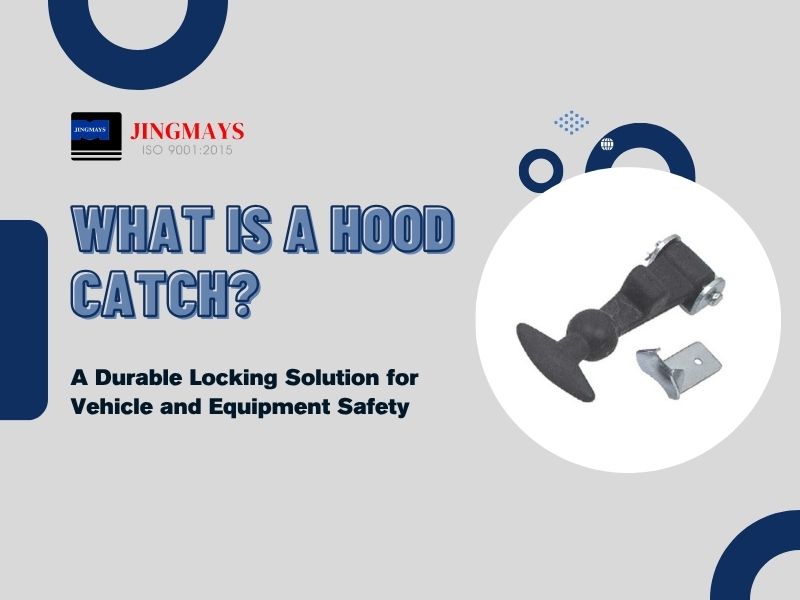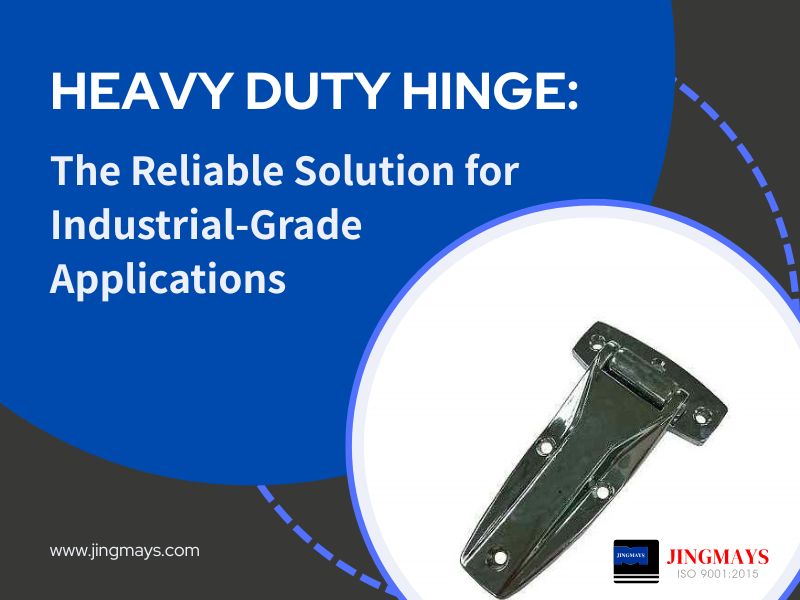What is a weld on hinge: A Comprehensive Guide

What is a Weld-On Hinge and How Does it Work?
A weld-on hinge is a type of hinge that is designed to be permanently attached to a surface through welding. It is commonly used in various applications such as doors, gates, cabinets, and heavy machinery. The hinge consists of two main parts: the hinge leaves or wings and the hinge pin.
The hinge leaves are the flat metal plates that are attached to the two surfaces to be hinged together. One leaf is typically welded to the stationary surface, while the other leaf is welded to the moving surface. The leaves are designed with pre-drilled holes or slots to facilitate the welding process.
The hinge pin is a cylindrical rod or bolt that connects the two hinge leaves. It acts as the pivot point around which the moving surface can rotate. The pin is inserted through aligned holes or slots in the hinge leaves and secured with a fastener such as a nut or a cotter pin.
To install a weld-on hinge, the hinge leaves are positioned on the respective surfaces and welded in place. The welding process involves heating the metal surfaces and fusing them together using a welding machine. This creates a strong and permanent bond between the hinge leaves and the surfaces.
Once the hinge is welded in place, the moving surface can rotate around the hinge pin, allowing the door, gate, or other object to open and close smoothly. Weld-on hinges are known for their durability and strength, making them suitable for heavy-duty applications where a secure and permanent hinge connection is required.
It's worth noting that welding expertise is necessary to install a weld-on hinge properly. It is recommended to consult a professional welder or follow appropriate welding guidelines and safety precautions to ensure a successful and secure installation.
Understanding the Different Types of Weld On Hinges & Their Benefits
Several types of weld-on hinges are available, each with its unique design and benefits. Here are some commonly used weld-on hinge types:
- Butt Hinge: Butt hinges are the most basic and widely used type of weld-on hinge. They consist of two rectangular metal plates, one leaf welded to the stationary surface and the other to the moving surface. Butt hinges are simple, strong, and suitable for a variety of applications.
- Continuous/Piano Hinge: Continuous hinges, also known as piano hinges, are long, narrow hinges that run the entire length of the hinged surfaces. They are often used for applications where a seamless and aesthetically pleasing hinge is desired, such as in cabinets, doors, or lids. Continuous hinges offer stability and distribute the weight evenly along the hinge length.
- Strap Hinge: Strap hinges are characterized by their long, narrow leaves that extend beyond the pivot point. They are commonly used for heavy-duty applications such as gates, barn doors, and industrial equipment. Strap hinges provide excellent weight-bearing capacity and are known for their durability.
- Weld-On Barrel Hinge: Barrel hinges consist of a central barrel-shaped pivot that connects the hinge leaves. They offer smooth rotation and are often used in applications where a compact design is required, such as toolboxes or small gates.
- Weld-On Bullet Hinge: Bullet hinges, also known as barrel hinges, feature a cylindrical-shaped hinge pin that is inserted into the hinge leaves. They offer a compact design, high load capacity, and smooth rotation. Bullet hinges are commonly used in industrial equipment, trailers, and heavy machinery.
Benefits of weld-on hinges:
- Strength and Durability: Weld-on hinges provide a robust and long-lasting hinge solution. The welded connection ensures a secure and permanent bond, capable of withstanding heavy loads and frequent use.
- Design Versatility: Weld-on hinges come in various sizes, shapes, and materials, allowing for customization to suit specific applications. They can be made from materials like steel, stainless steel, or brass, offering options for strength, corrosion resistance, and aesthetic appeal.
- Smooth Operation: Properly installed weld-on hinges offer smooth and reliable operation, allowing for easy opening and closing of doors, gates, or other hinged surfaces.
- Security: Weld-on hinges provide enhanced security as they cannot be easily removed or tampered with, making them ideal for applications where security is a concern.
- Aesthetics: Weld-on hinges can be designed to be low-profile and inconspicuous, contributing to a clean and streamlined appearance in various applications.
Top 5 industries that use weld-on hinges most
- Construction: Weld-on hinges are extensively used in the construction industry for doors, gates, fences, and access panels in residential, commercial, and industrial buildings. They provide secure and durable hinge connections for various architectural and structural elements.
- Industrial Manufacturing: Weld-on hinges play a crucial role in the manufacturing sector, especially in the production of heavy machinery, equipment, and industrial enclosures. They are used in the fabrication of machine guards, access doors, hatches, and covers, ensuring smooth operation and long-lasting performance.
- Transportation and Automotive: The transportation and automotive industry extensively employs weld-on hinges in the manufacturing of trailers, truck bodies, and specialized vehicles. They are used for doors, tailgates, ramps, and various access points, providing reliable hinge connections that can withstand constant use and transportation stresses.
- Agriculture: The agricultural industry relies on weld-on hinges for farm equipment, gates, feeders, and enclosures. These hinges ensure the functionality and durability of agricultural machinery, enabling efficient operation and maintenance.
- Marine and Offshore: In the marine and offshore sectors, weld-on hinges are widely used for doors, hatches, and access panels in boats, ships, offshore platforms, and other maritime structures. They are designed to withstand the corrosive effects of saltwater and harsh marine environments.
How to Install a Weld On Hinge in 6 Easy Steps
Installing a weld-on hinge can be a straightforward process if you follow these six easy steps:
1. Gather the necessary tools and materials:
- Weld-on hinge
- Measuring tape
- Marker or pencil
- Welding equipment (welder, welding helmet, gloves, etc.)
- Safety goggles
2. Determine the placement:
- Decide where you want to install the hinge and ensure it aligns properly with the door or gate.
- Measure and mark the hinge's position on both the frame and the door/gate to ensure accurate alignment.
3. Prepare the surfaces:
- Clean the areas where the hinge will be welded to remove any dirt, rust, or paint. This will help create a strong and clean weld.
- Use a grinder or sandpaper to remove any surface imperfections or irregularities that may hinder the welding process.
4. Position the hinge:
- Place the hinge on the marked positions on both the frame and the door/gate.
- Ensure that the hinge is level and aligned correctly. Double-check the measurements and adjust if necessary.
5. Weld the hinge:
- Put on your safety goggles, welding helmet, and gloves.
- Use the welding equipment to weld the hinge to both the frame and the door/gate.
- Apply the appropriate welding technique, such as arc welding or MIG welding, depending on your equipment and expertise.
- Make sure to achieve a strong and secure weld by following proper welding procedures and techniques.
6. Clean and inspect:
- Allow the welded hinge to cool down completely.
- Clean off any welding residue or splatter with a wire brush or grinder.
- Inspect the hinge and the welds to ensure they are securely attached and aligned correctly.
- Test the movement of the door/gate to ensure smooth operation.
Conclusion
When selecting a weld-on hinge, it is important to consider the specific requirements of your application, such as load capacity, material compatibility, and environmental factors. Consulting with a professional or supplier can help ensure you choose the right type of weld-on hinge for your needs. Jingmay is the right supplier that you can trust!


